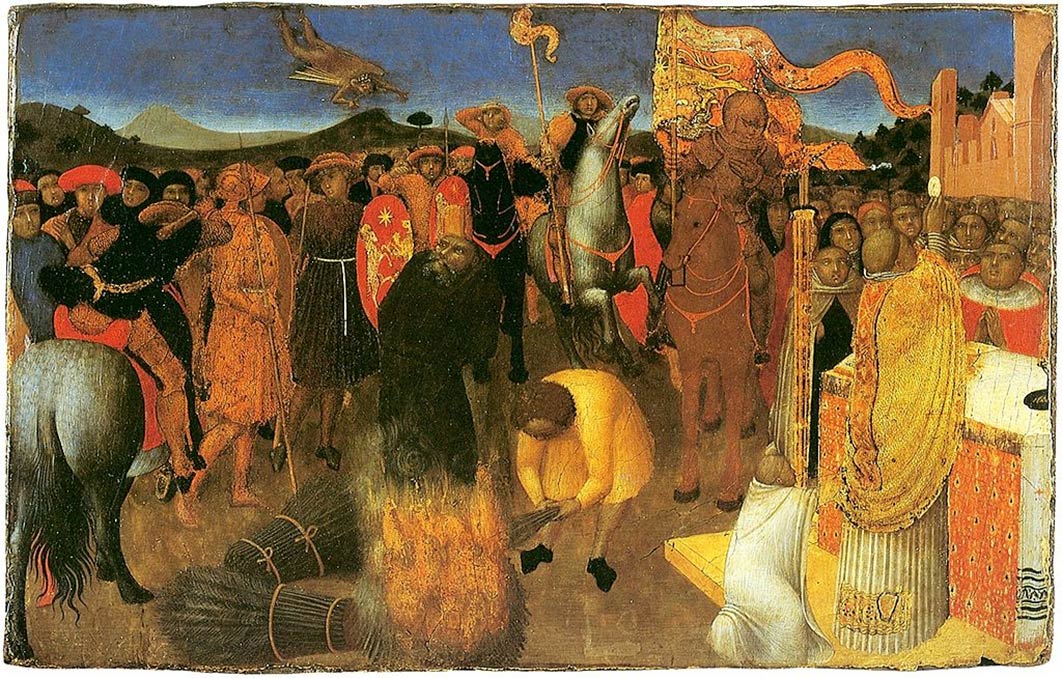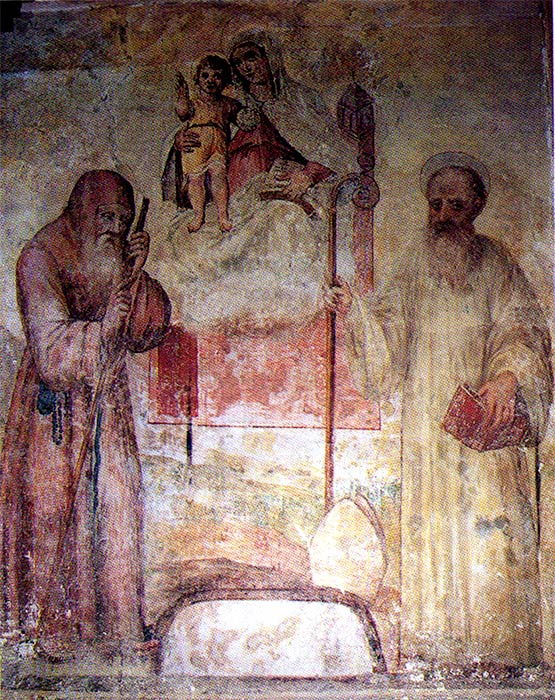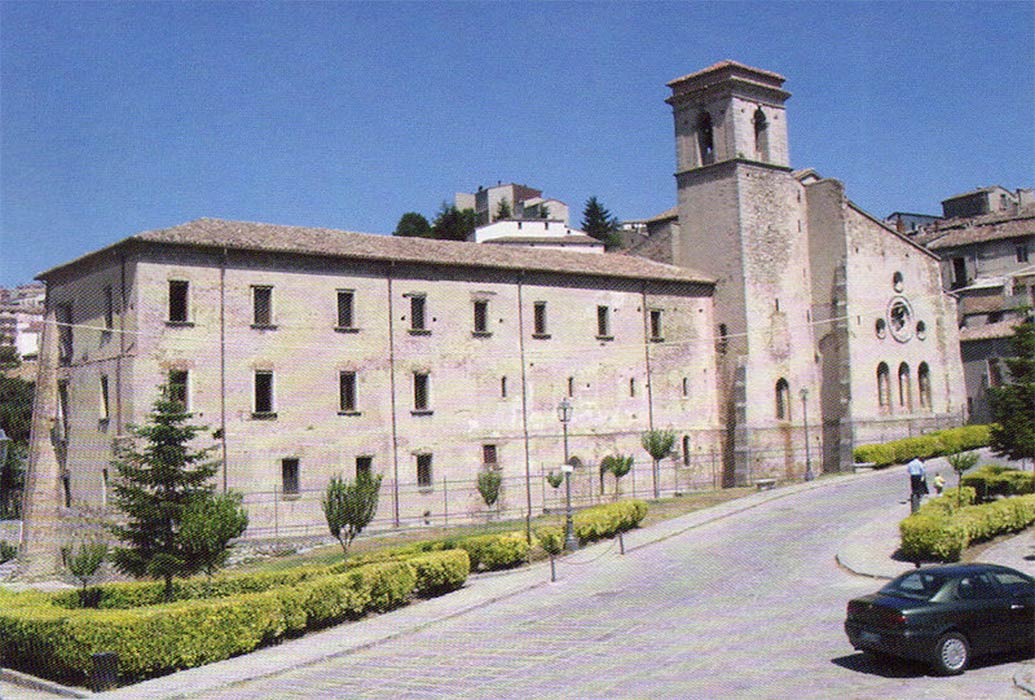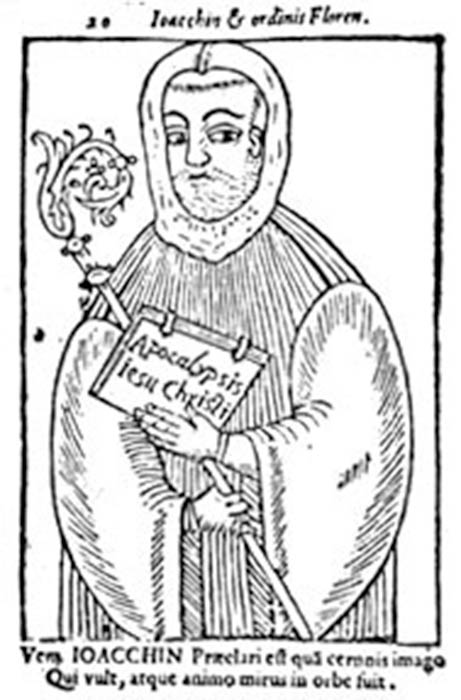
The Jester of God and Murderous Heretic of 14th-Century Italy
"Penitenzàgite! (Do penance)", shouted Gherardo Segarelli, a young and eccentric peasant, with flaming, hallucinated eyes and a long beard, as he wandered barefoot, wrapped only in a cloak, in the streets of Parma, Italy in 1260. The period of the 13th and the beginning of 14th centuries was marked by the development of the most exalted, almost crazy and sometimes extremely violent exponents of heretical movements, that irked the Catholic Church and led to the burning of the heretics. Just after 1226, the year of the death of Francis of Assisi, two very distinct movements saw the light: that of the ‘Conventuals’, the more moderate; and that of the Spirituals, the followers of Joachim of Celico (Cosenza), better known as Gioacchino da Fiore, who died in 1202.

Gioacchino da Fiore, on the left, and San Francesco di Paola in an ancient fresco.(Public Domain)
Gioacchino da Fiore (1140 – 1202)
Joachim of Celico, born in the years around 1140, entered the Benedictine Order at a very young age as a Cistercian and became the abbot of the Monastery of Corazzo (Catanzaro) in 1177. Later he joined the Monastery of Casamari (Frosinone, Italy), where he wrote the Concordia Veteris et Novis Testamenti and - after his transfer to Rome to serve Pope Urban VIII (Uberto Crivelli, 1185-1187) in 1186 - he dedicated himself to his most revolutionary work, one that envisaged a total, radical moral renewal of the Church, the Expositio in Apocalypsim, in which he prophesied the advent of the Antichrist and the imminent, umpteenth, end of the world.
Three years later, in Sila, south of Italy, he founded the Florense Order, which was approved by Pope Celestine III (Giacinto Bobone, 1191-1198) and had the Monastery of San Giovanni in Fiore built. To Gioacchino da Fiore the prophecy of an imminent final cataclysm, perhaps the result of a deliberately misinterpretation of the doctrine of the Three Ages, which attributed to each person of the Most Holy Trinity a different historical period, was attributed.

Monastery of San Giovanni in Fiore: The abbey's apse and bell tower. (Public Domain)
The Doctrine of the Three Ages teaches that the Age of the Father, characterized by fear, was succeeded by the Age of the Son, characterized by the grace that, at the end of the 13th century, would see the birth of the Age of the Holy Spirit in which the rampant corruption in ecclesiastical structures would be replaced by a more spiritual Church, dominated by an angelic pope. Thus, Gioacchino da Fiore prepared fertile ground for the heretics who followed him and as if often the case, who may have completely and deliberately misinterpreted his words, to suit their own ends.

Medieval engraving of Joachim of Fiore (also known as Joachim of Flora), a Benedictine monk and philosopher. (Public Domain)




